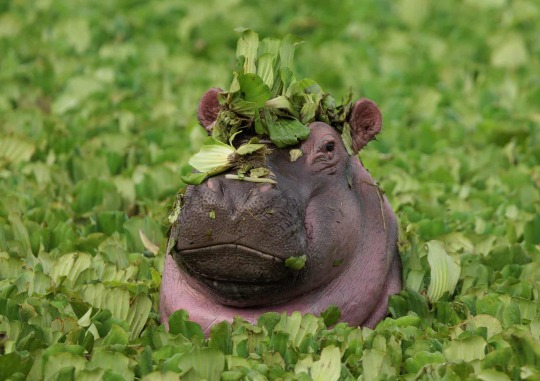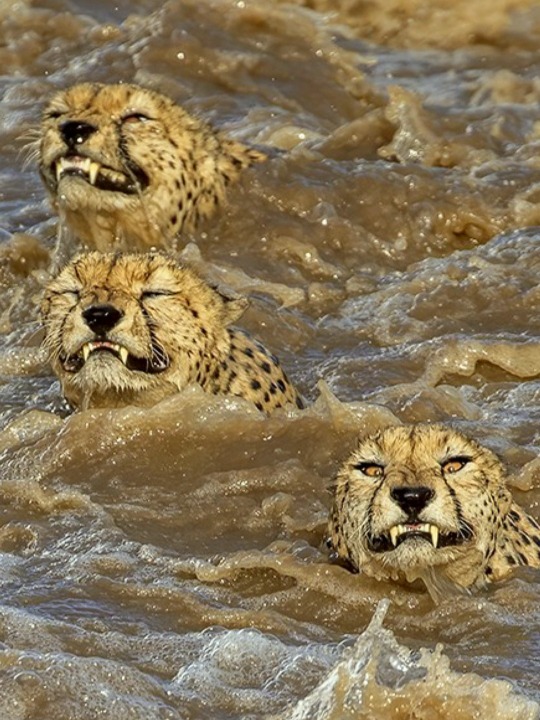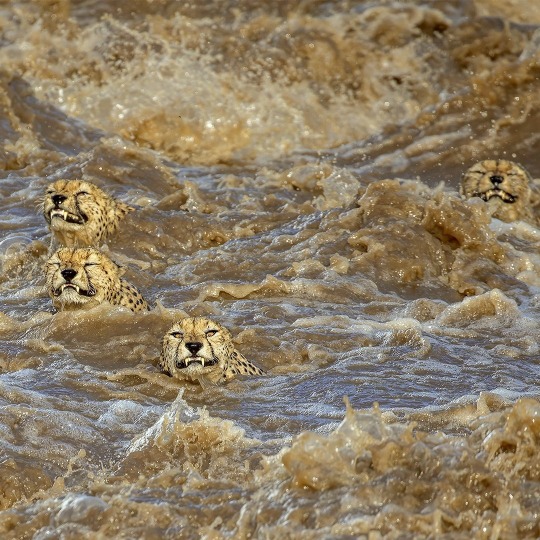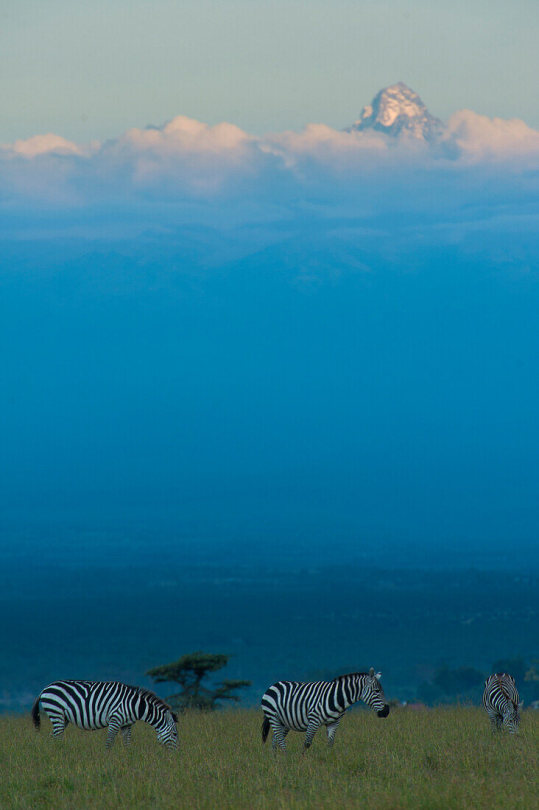#wildlife: kenya
Explore tagged Tumblr posts
Text

A white-backed vulture (Gyps africanus) sits on a hippo skull in Maasai Mara National Park, Kenya
by praveen pandian
#white backed vulture#animal death#vultures#raptors#birds#gyps africanus#gyps#accipitridae#accipitriformes#aves#chordata#wildlife: kenya#wildlife: africa
2K notes
·
View notes
Text

A hippo emerges from the water covered with greenery in the Masai Mara nature reserve, Kenya
Photograph: Ann Aveyard/Animal News Agency
#ann aveyard#photographer#animal news agency#hippopotamus#hippo#animal#mammal#wildlife#kenya#masai mara nature reserve#nature
496 notes
·
View notes
Text

Elephants at Sunset, Kenya by Jim Zuckerman
#animals#elephants#kenya#wildlife#nature#sunset#aesthetic#vibrant#travel#landscape#naturecore#curators on tumblr#uploads
1K notes
·
View notes
Text


@nature_africa
"Against all odds this unusual coalition of male cheetahs crossed the turbulent Talek river after incessant rains in Masai Mara.
© Buddhilini de Soyza/TNC Photo Contest 2021 @captures_by_buddhilini
756 notes
·
View notes
Text

This handsome male giraffe has a little hitchhiker. I took this in the Maasai Mara and had to crop in a lot when editing!
#lightroom#nature#nature aesthetic#nature photography#photo#photoblog#sony#sony alpha#animals#wildlife#giraffe#kenya#safari#safariphoto#travel#travelphotography
160 notes
·
View notes
Text

One of the Rongai cubs, covered in blood after a Buffalo feast. She's gradually mastering the tricks of the trade, one step at a time.
Taken at Ishara Kenya Camp, Maasai Mara Photographed by Eric Averdung
348 notes
·
View notes
Text
The Kenya Wildlife Service celebrated the successful transfer of 21 eastern black rhinos to establish a new viable breeding population for the species that was on the brink of extinction decades ago.
In an 18-day exercise executed by highly trained capture and veterinary experts, the Loisaba Conservancy received the 21 rhinos from three different locations, becoming the 17th sanctuary in Kenya where the mammoth animals can roam and intermingle.
“It’s incredibly exciting to be part of the resettlement of rhinos to a landscape where they’ve been absent for 50 years,” said Tom Silvester, CEO of Loisaba Conservancy.
Kenya had 20,000 black rhinos in the 1970s before poachers decimated them for their horns. By the time the Kenya Wildlife Service (KWS) was established in 1989, rhino numbers had declined to below 400.
Since then, Kenya’s eastern black rhinos have made a remarkable comeback and today there are an estimated 1,004 individuals.
Kenya is a stronghold of the eastern sub species of black rhino, hosting approximately 80 percent of the entire world’s surviving population.
“Surpassing the milestone of 1,000 rhinos within four decades is a significant accomplishment,” said Munira Bashir, Director of The Nature Conservancy in Kenya.
The reintroduction this month of these 21 animals this month is a great milestone in Kenya’s rhino recovery action plan, and was made possible by support from The Nature Conservancy, San Diego Zoo Wildlife Alliance, other partners—and the three reserves from where the 21 rhinos originated, Nairobi National Park, Ol Pejeta Conservancy and Lewa Conservancy.
“In the recent past, one of the main causes of mortality of rhinos has been territorial fights due to limited space in sanctuaries which has also led to suppressed growth rates due,” explained Dr. Erustus Kanga, the Director General of Kenya Wildlife Service. “I am elated to be associated with this momentous effort to secure more space for this cornerstone species.”
Meanwhile, southern white rhinos continue to thrive in Kenya, having increased from 50 individuals that were imported from South Africa in the eighties and nineties to reach the current population of 971 individuals.
Kenya is also playing a critical role in efforts to save the northern white rhino from extinction, as it is host to the only remaining two females of the species left in the world. The international BioRescue project has developed thirty embryos awaiting implantation into surrogate females within the closely-related subspecies of southern white rhino.
“The return of black rhinos to Loisaba, 50 years after the last known individual here was killed by poachers in the 1970s, is a demonstration of how impactful partnerships between governments and conservation NGOs can be for restoring, managing, and protecting our natural world,” said Dr. Max Graham, CEO and Founder of Space for Giants, one of the project partners.
“And, of course, the return of black rhinos here gives all of us one of the most precious commodities of all: hope.”
-via Good News Network, February 25, 2024
#rhino#rhinoceros#conservation#hope posting#endangered species#wildlife#kenya#good news#hope#zoology#zoo animals#keystone species
354 notes
·
View notes
Text
" The Hunt Sprint " // © Ellis Huber
Music: © Solstice Beats - Teaser Music (From "Avatar 2: The Way of Water")
#Serengeti Reserve#Kenya#nature#landscape#Portrait#Wildlife#Big Cats#Cheetah#Safari#Savanah#reels#photography#aesthetics#wanderlust#explore#follow#discover
161 notes
·
View notes
Video
Playful Elephant Calf - 5001b+ by Jen Hall Via Flickr: Cute little calf is shaking his head and trunk. I could spend my whole life watching elephants. I'm so fascinated by them. Masai Mara, Kenya
#Masai Mara#elephant#Elephants#elephant calf#baby elephant#baby animals#Masai#Mara#Masai Mara Kenya#Jennifer Hall#Jen Hall#Jen Hall Photography#Jen Hall Wildlife Photography#Jenonsafari#Wildlife#wild#Nikon#Photography#wildlife Photography#Nature#Nature Photography#Safari#Kenya Safari#Africa Safari#African Safari#DK Grand Safaris#Kenya#Kenya wildlife#Kenya Africa#Africa
59 notes
·
View notes
Text

#nairobi#kenya#giraffe manor#giraffes#giraffe#animals#wildlife#travels#traveling#travel#Africa#persona
241 notes
·
View notes
Text

A rock hyrax pup (Procavia capensis) pokes its head out of a rock formation in Maasai Mara National Preserve, Kenya
by Esin Üstün
#rock hyrax#hyrax#hyraxes#juvenile#procavia capensis#procavia#procaviidae#hyracoidea#mammalia#chordata#wildlife: kenya#wildlife: africa
336 notes
·
View notes
Text

Shared Parenting
A lion cub gets a “bath” from a pair of lionesses in a pride at Kenya’s Maasai Mara National Reserve.
by Mark Boyd
Wildlife Photographer of the Year People’s Choice Award
#mark boyd#lionesses#lion#cat#lion cub#kenya#maasai mara national reserve#animal#mammal#wildlife#nature#wildlife photographer of the year people's choice award
267 notes
·
View notes
Text

Grief beyond imagination
Ranger Zacharia Mutai comforts Sudan, the last living male Northern White Rhino on the planet moments before he was euthanised by a vet due to his age-related muscle and bone wasting disease at the Ole Pejeta Wildlife park in Kenya(2018). read more

Sudan, who was named after the country of his birth, died at the age of 45, leaving just two females of his subspecies alive.
137 notes
·
View notes
Text

Zebras on grassy hill in front of Mt Kenya
#zebra#kenya#wildlife#zebras#animals#hill#grass#green#blue#cky#landscape#photography#curators on tumblr#nature#Aesthetic#nature photography#sky#clouds#landscapes
827 notes
·
View notes
Text
Repost @sheldricktrust
Orphan baby elephant, Sheldrick Wildlife Trust, Kenya
370 notes
·
View notes
Text

Harry Blakey captures a Serval cat in Maasai Mara National Reserve, Kenya.
Instagram: harryblakeyphotography
83 notes
·
View notes